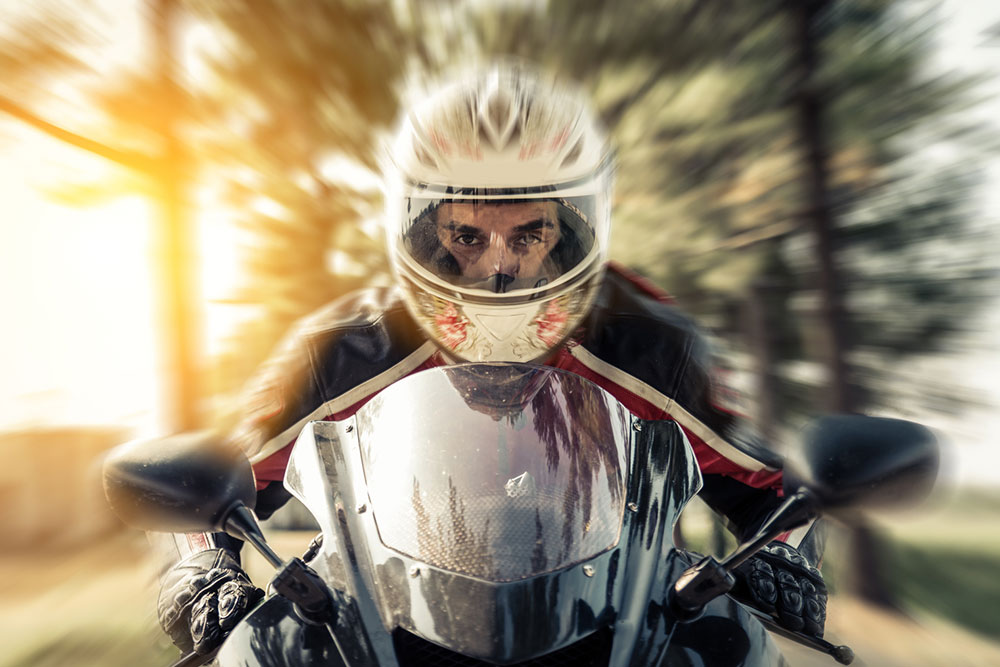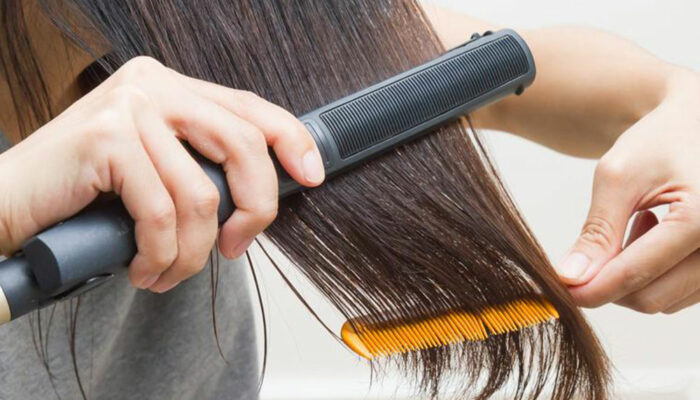
6 Motorcycle Safety Tips to Know Before Hitting the Road
Riding a motorcycle is a thrill in itself. Even if you haven’t ever ridden one before, you might be tempted after seeing those cool bikers in the movies with their fancy motorcycles and swanky leather jackets. While motorbiking may seem an adventurous experience, it can get dangerous quickly.
As there are significant differences between riding a motorcycle and driving a car, there are a few motorcycle safety rules you need to keep in mind. Following are a few tips that will make your motorcycle experience all the more satisfying and safe.
1. Protective gear is necessary
Those colorful jackets and leather gloves serve a purpose and are not just for style. Wearing the right gear can reduce the chances of accidents and keep you comfortable during your ride. Reflective taping on motorcycle jackets increases your visibility and alert other drivers to your presence. Also, the leather jacket and gloves protect you from the harsh wind, when you ride at higher speeds.
Some jackets are designed to be water and friction-resistant and come armored with elbow and chest padding. When it comes to shoes, choose those with skid-resistant soles.
One of the most important accessories for motorcycle safety is the helmet. Ideally, opt for a full-face helmet, with a protective visor. Helmets reduce the chances of fatal injuries in case of a crash and protect from dust, wind, and debris that hit the eyes.
2. Visibility is the key
At some time or the other, it becomes unavoidable to ride in the evening or night time. There might be situations where there is low visibility due to rain or fog. It is important that you remain noticeable on the roads. Invest in some bright motorcycle gear. You could also get retro-reflective panels for your motorcycle.
It is important to keep out of blind spots and use hand signals wherever necessary. Another trick is to drive with the full beam on your motorcycle, even in the day time.
3. Inspect your motorcycle
Remember this acronym T-CLOCS, developed by the Motorcycle Safety Foundation. T-CLOCS stands for Tire, Control, Oil, Chassis, and Stand. It is a list of motorcycle parts you need to inspect before heading out for a ride.
4. Always be on the defensive
Constant vigilance is the mantra to remember when it comes to motorcycle safety. Study the roads ahead to keep a lookout for oil spills or obstacles that may cause you to lose control of your motorbike. Check the weather conditions before you head out so you aren’t caught in rains or snowstorms.
Furthermore, remember to always ride at the pace of traffic and not zoom ahead. Change lanes frequently, and do not forget to use signals while making a turn. Tailgating is dangerous. Avoid it at all costs and keep a safe distance from the vehicle in front of you.
5. Invest in the right motorcycle
Sometimes new riders get carried away and purchase a motorcycle way beyond their riding ability, and completely different from their needs. Investing in the right ride is imperative to motorcycle safety. Narrow down your motorcycle choices depending on your size and height. Your lifestyle also plays an important role in the kind of motorcycle you purchase.
6. Take riding classes
Most newbie motorcyclists think a few lessons from their friends on where the brake, clutch, and shifter are located, and how they function is enough for them to hit the freeway. Sadly, this is not the case. It is always better to take a professional riding course for motorcycle safety.



